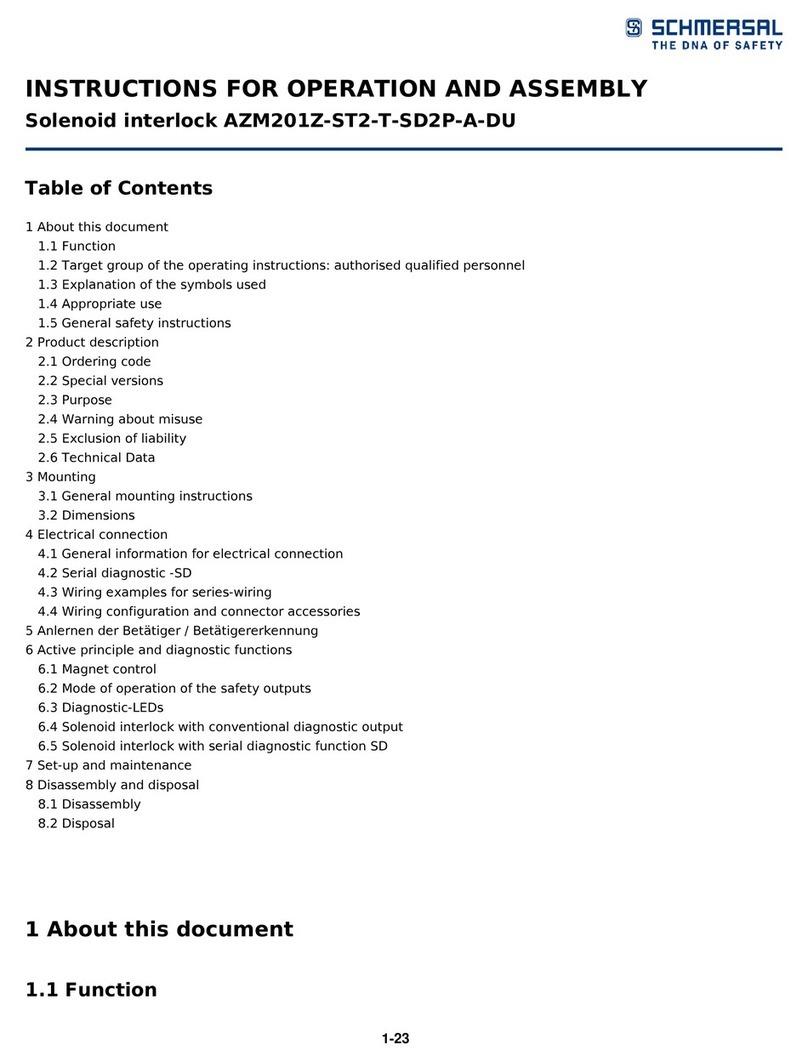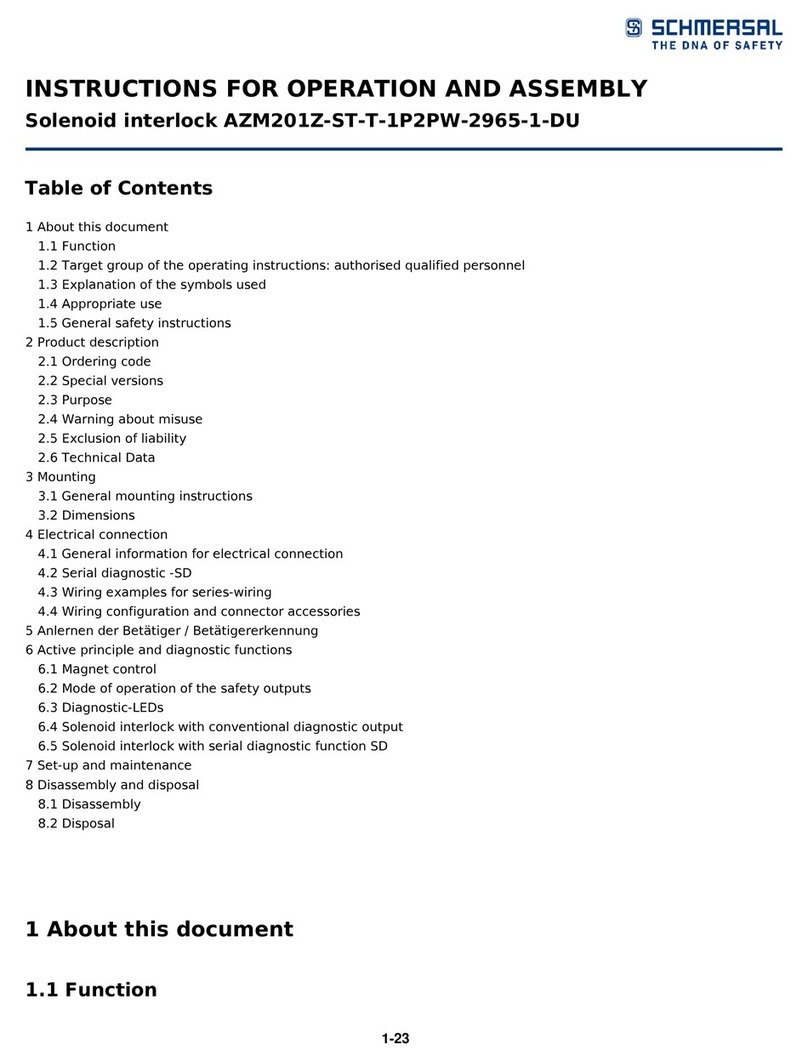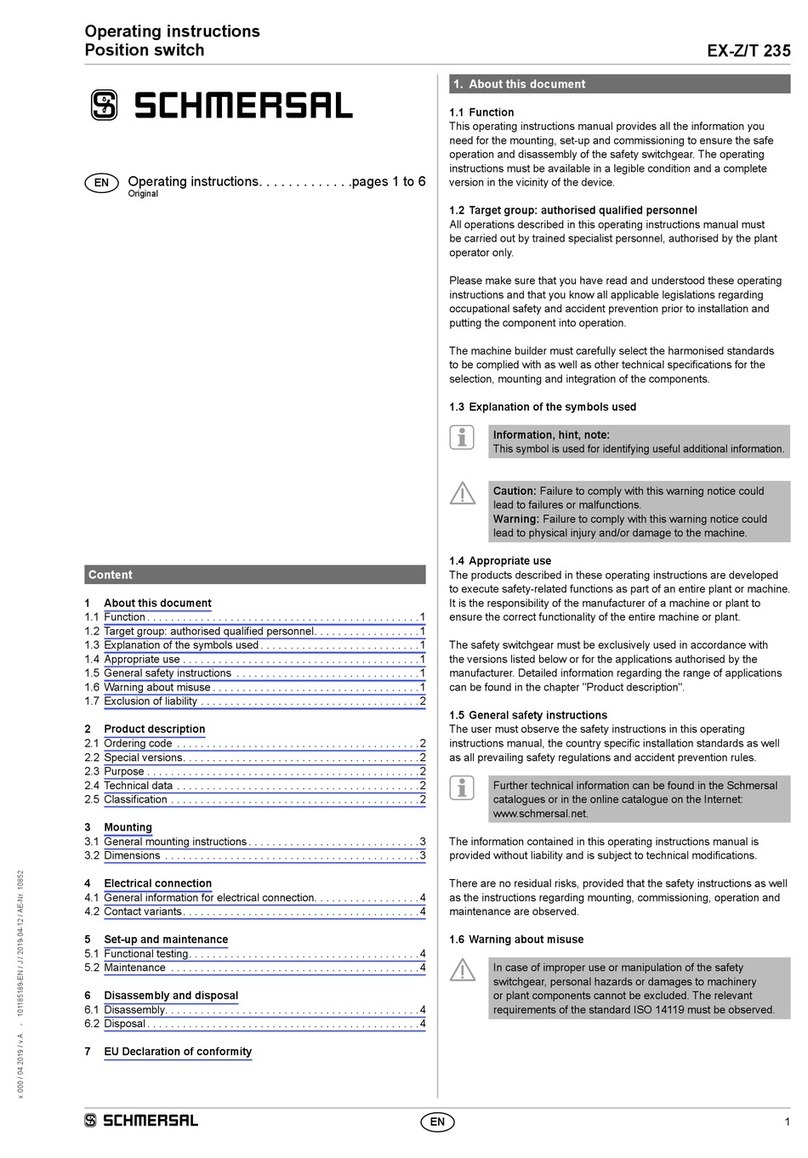schmersal AZM300Z-I2-STSD2P User manual
Other schmersal Switch manuals
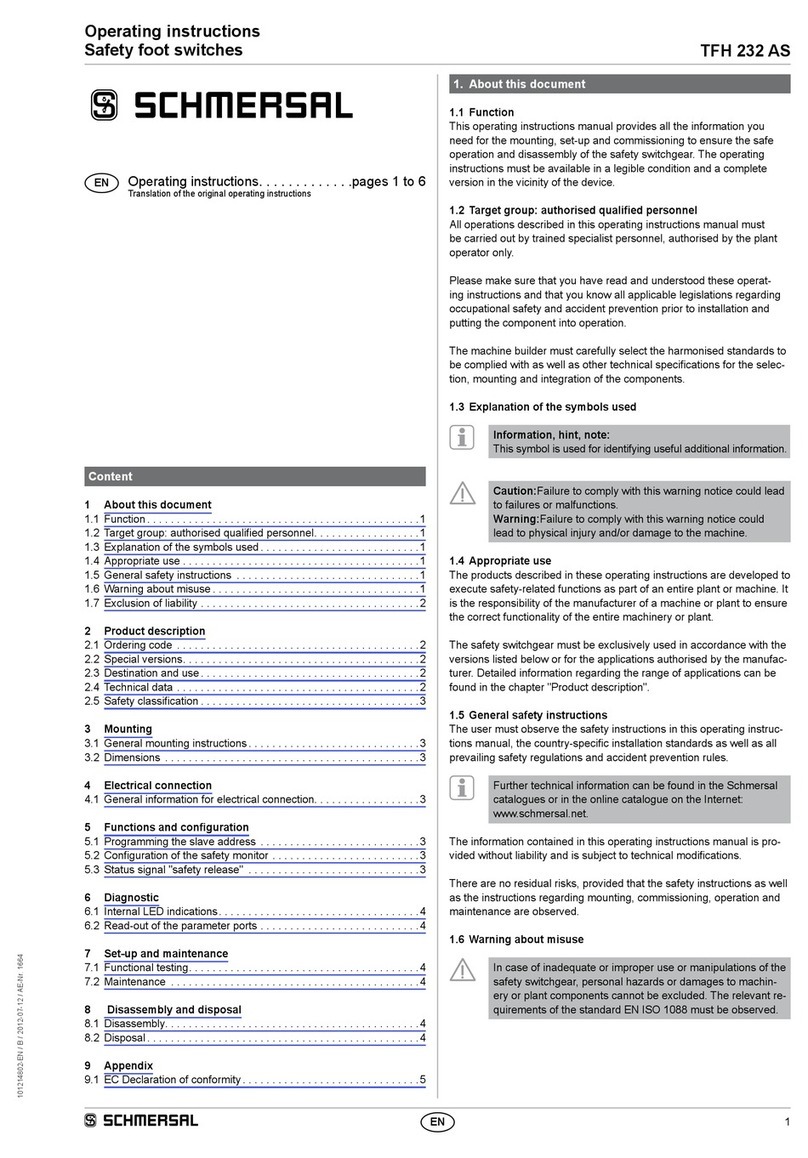
schmersal
schmersal TFH 232 AS User manual

schmersal
schmersal AZ201ST2-T-1P2P-DU User manual
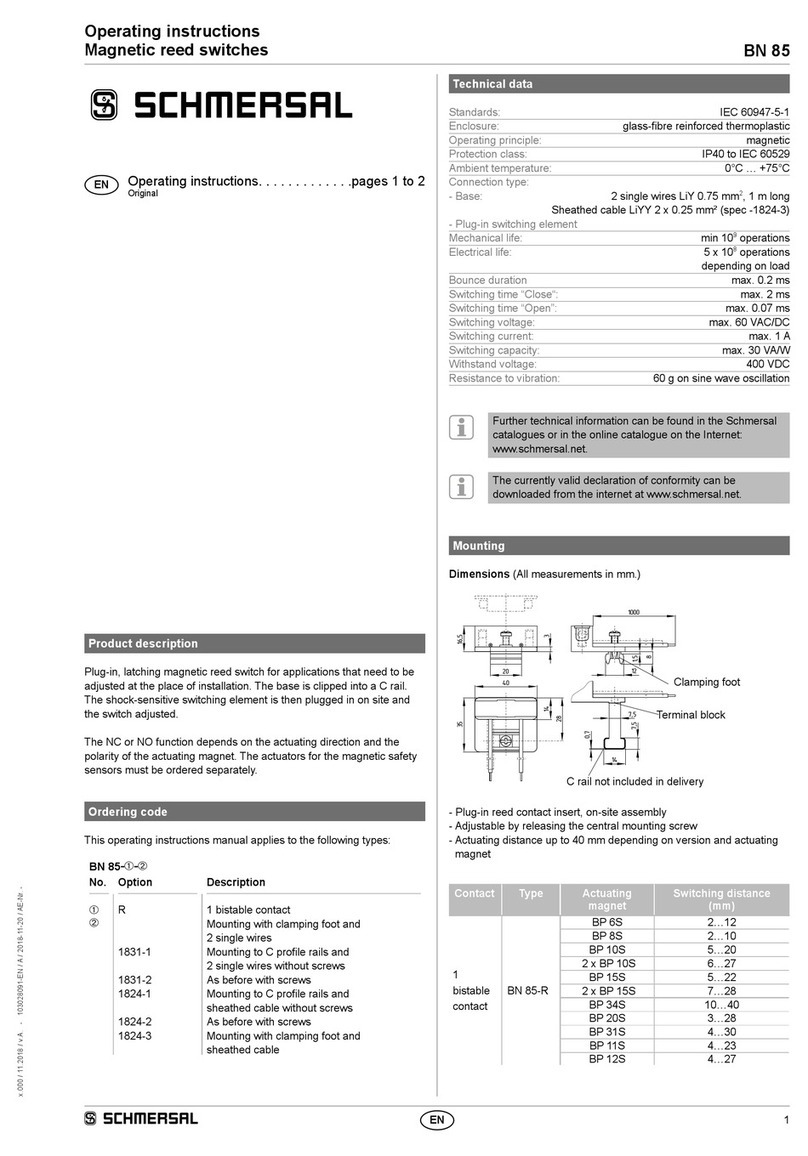
schmersal
schmersal BN 85 User manual

schmersal
schmersal ZSD5 User manual
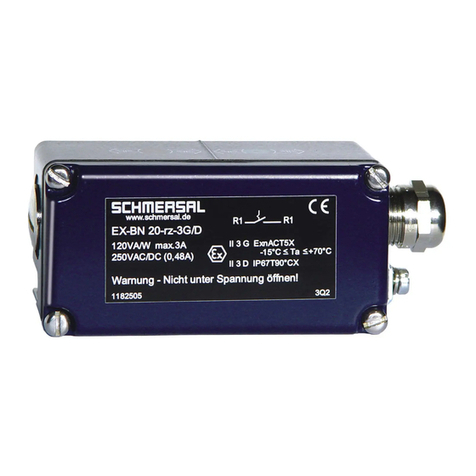
schmersal
schmersal EX-BN 20 series User manual
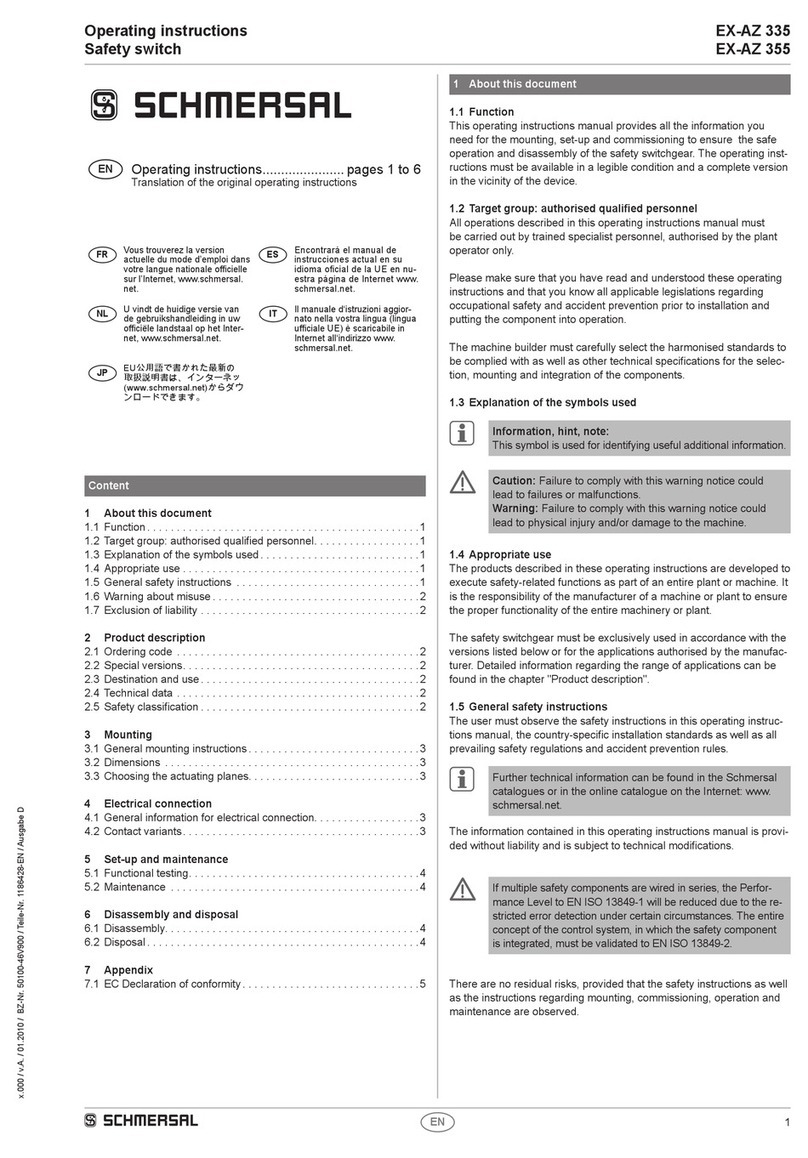
schmersal
schmersal EX-AZ 335 User manual
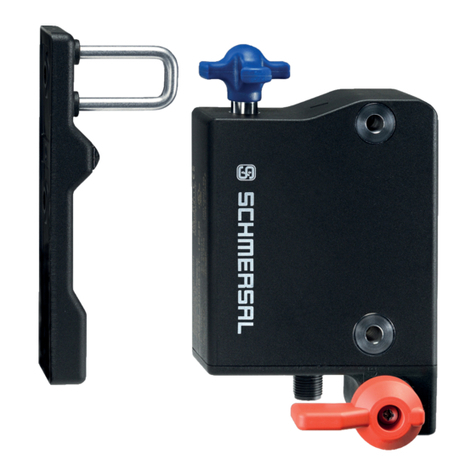
schmersal
schmersal AZM300B-ST-1P2P-N User manual

schmersal
schmersal EX-TV.S 335 User manual
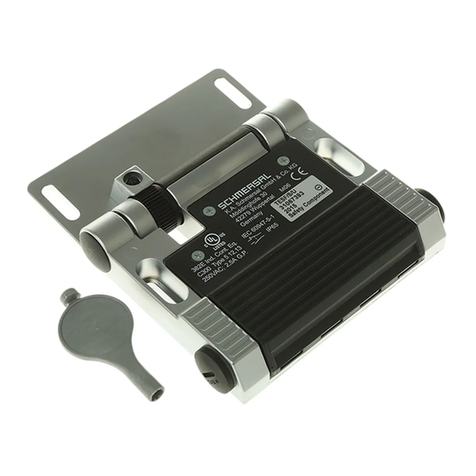
schmersal
schmersal TVS 410 User manual

schmersal
schmersal AZ201-I2-CC-T-1P2P Service manual
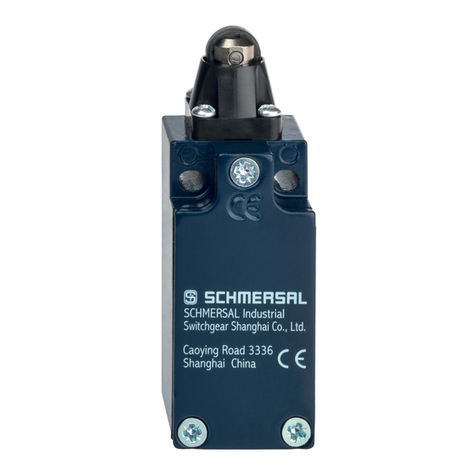
schmersal
schmersal Z/T 235 Programming manual
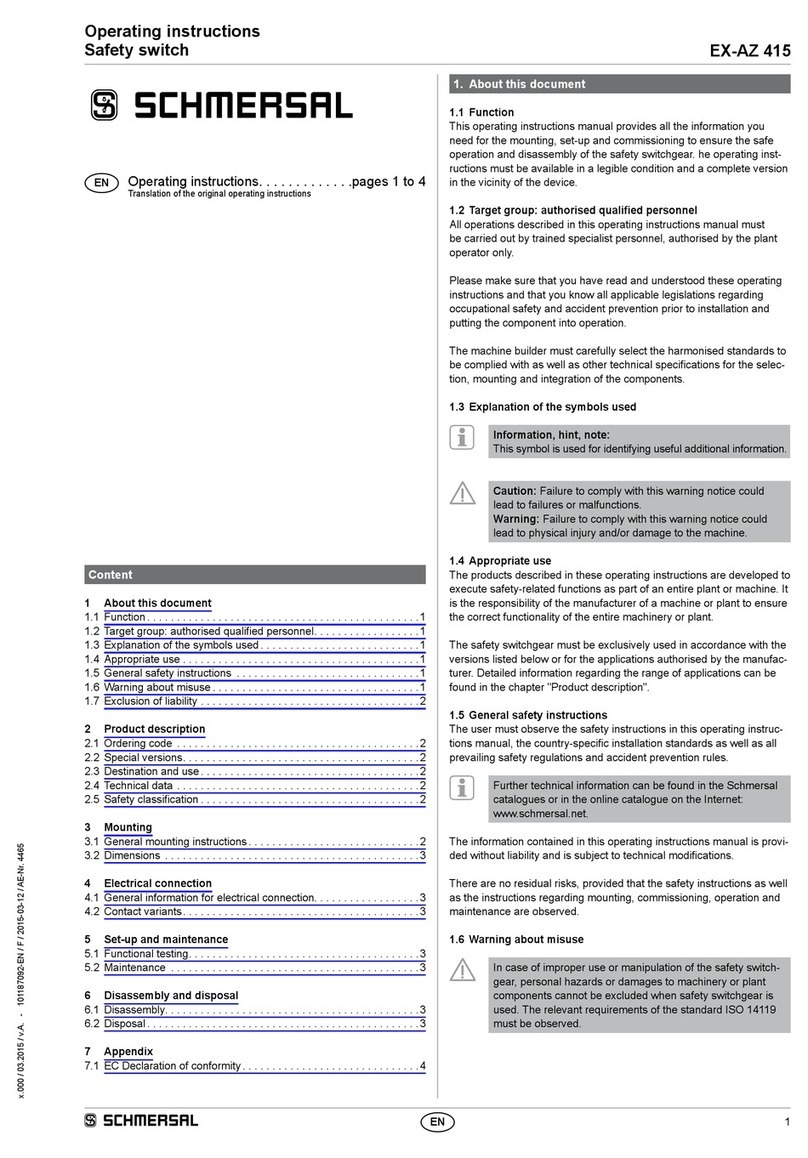
schmersal
schmersal EX-AZ 415 User manual

schmersal
schmersal AZ 200 T User manual

schmersal
schmersal AZ 415 Series User manual
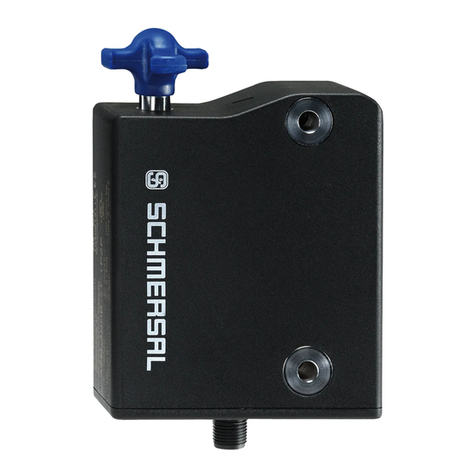
schmersal
schmersal AZM300B-I2-ST-SD2P-A User manual

schmersal
schmersal TQ 900 User manual

schmersal
schmersal TV.S 355 User manual
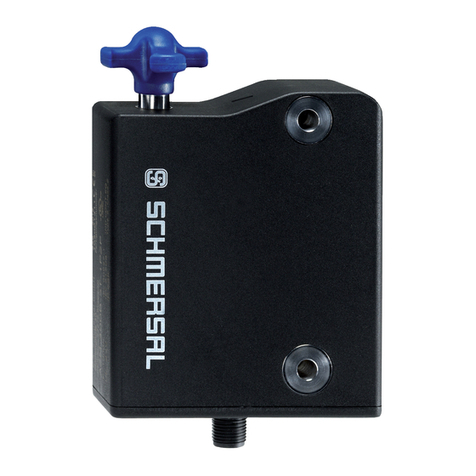
schmersal
schmersal AZM300B-I2-ST-1P2P User manual
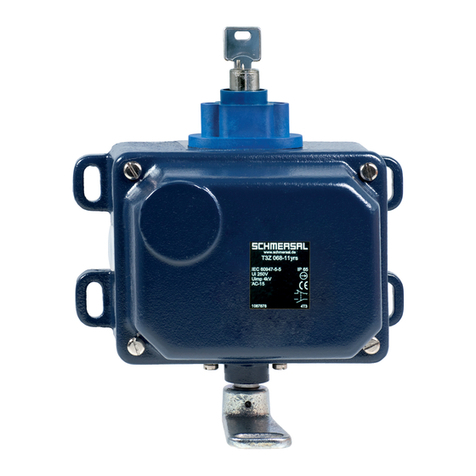
schmersal
schmersal EX-T3Z 068 User manual

schmersal
schmersal AZM201Z-ST-T-1P2PW-2965-1 Service manual
Popular Switch manuals by other brands

SMC Networks
SMC Networks SMC6224M Technical specifications

Aeotec
Aeotec ZWA003-S operating manual

TRENDnet
TRENDnet TK-209i Quick installation guide

Planet
Planet FGSW-2022VHP user manual

Avocent
Avocent AutoView 2000 AV2000BC AV2000BC Installer/user guide

Moxa Technologies
Moxa Technologies PT-7728 Series user manual

Intos Electronic
Intos Electronic inLine 35392I operating instructions

Cisco
Cisco Catalyst 3560-X-24T Technical specifications

Asante
Asante IntraCore IC3648 Specifications

Siemens
Siemens SIRIUS 3SE7310-1AE Series Original operating instructions

Edge-Core
Edge-Core DCS520 quick start guide

RGBLE
RGBLE S00203 user manual
